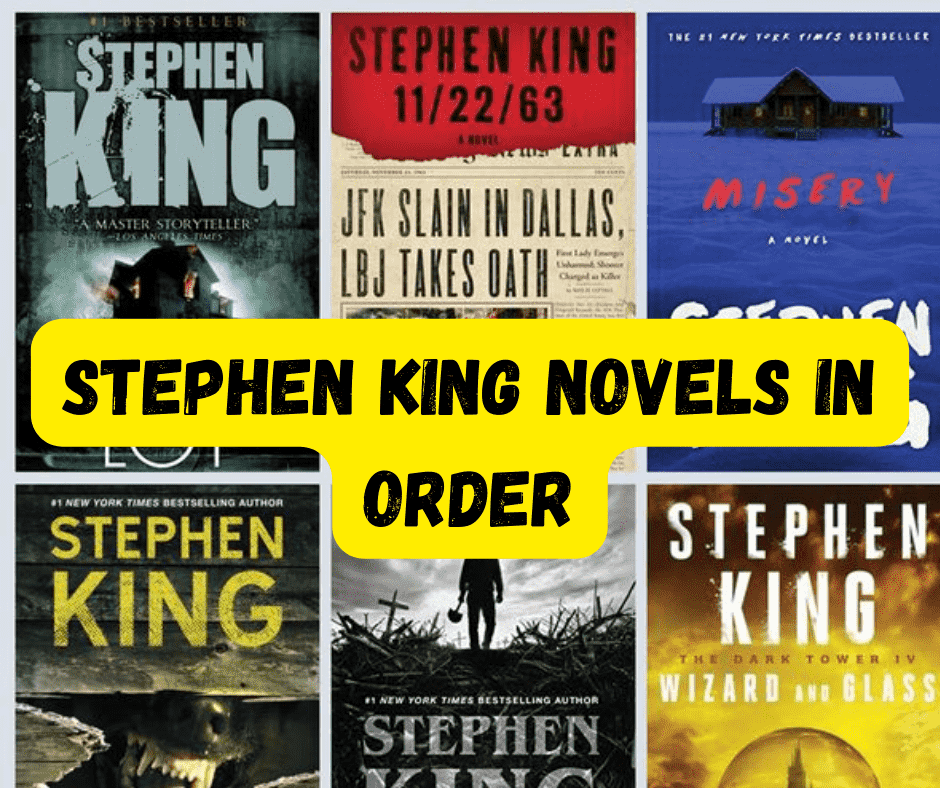
Writing
Strong narrative writing uses elements like character development, setting and description, plot and conflict, dialogue, point of view, and other literary devices to tell a clear, interesting, and memorable story. It avoids using passive voice and long, complicated sentences, which can make writing less clear and harder to understand. Strong narrative writing, however, uses elements such as simple, direct language to make the reader feel something and pull them into the story.
Now let’s understand which elements strong narrative writing always contains.
1. Making a character
Fiction writers always suggest interesting and easy-to-understand characters that are interesting and easy to understand. It means giving characters’ flaws, goals, and other details that make them seem like real people. To do this, you can give them a history, a personality, and clear goals. Also, characters who are well-rounded often have problems and make mistakes, which makes them more real to the reader. By not using long, complicated sentences and staying away from passive voice, the author can show what the character is like and make them easier to relate to. This lets the reader feel what the character is feeling and understand the story more deeply.
Character arc is an important part of good narrative writing. It shows how a character changes or grows over the course of the story. This can mean that their personality, beliefs, or actions change. It is an important way to show how characters grow and change, making them seem like real people who learn from their experiences and change over time. By not using long, complicated sentences and staying away from passive voice, the author can show how the character changes and make the reader feel something. This makes the story more interesting and easy to remember because the reader can see how the characters change and grow as the story goes on.
2. The setting
When writing a story, it’s important to use vivid and detailed language to make the setting come alive. It means giving the reader a clear picture of the setting through specific details and images. This can include details about the environment, the weather, and the buildings, as well as how the setting makes the reader feel. By not using long, complicated sentences and staying away from passive voice, the author can clearly and directly describe the setting. This makes it easier for the reader to get into the story and makes it more interesting and memorable.
Setting can add a lot to a story by giving it context and mood, and it can also be a character in and of itself. Using descriptive language can help the reader see a clear picture of what you’re talking about, but you should avoid long sentences and passive voice. Use short, active sentences instead to keep the pace going and keep the reader interested. Also, the setting shouldn’t be described just for the sake of describing it. It should fit in with the story. This can be done by having the characters interact with and react to the setting, which can show more about their personalities and goals.
3. Plot
The plot is the order of the events in a story. It is the main part of a story and shows what the story is about and how it works. The plot is what moves the story forward, creates tension and conflict, and leads to a resolution at the end. The story moves forward based on what the characters do, how they react, and what decisions they make. In narrative writing, the plot’s job is to keep the reader interested, build suspense and anticipation, and give the story a sense of direction. It’s important to keep the plot simple and clear and to avoid using long sentences and passive voice.
Also read
What Is The Most Expensive Comic Book?
There are several ways to make a good plot that keeps the reader interested:
- Use conflict. Conflict is key to making a story exciting and full of suspense. It can come from inside or outside a character (between characters or between a character and their surroundings). It gives the character something to deal with or overcome.
- Use tension. Tension is the feeling of unease and anticipation that grows as the story goes on. It can be made by using hints, cliffhangers, and other literary techniques.
- Set a clear goal: The main character should be working toward a clear goal or objective. This gives the story a point and a direction.
- Use simple sentences and avoid passive voice: Keep the story simple so that the reader doesn’t lose interest.
4. The point of view
Point of view is where the story is being told from. It tells the reader the narrator’s role in the story and how the events are told. First-person, second-person, and third-person points of view are the most common. The First-person point of view is when the narrator is a character and tells what happens by saying “I” or “we.” When the narrator talks directly to the reader and uses “you” as the point of view, this is called a second-person point of view. In the third-person point of view, the narrator is not a character in the story and tells what happens by saying “he,” “she,” “it,” or “they.” The narrator can know only certain things or everything. In narrative writing, point of view helps the reader understand what the characters are thinking and feeling and shapes the story’s story. Choosing the right point of view can give a story more depth and keep the reader interested. It’s important to use simple sentences and avoid a passive voice so that the story is easy to understand.
Here are some ways to effectively use point of view in a story:
- Keep things the same: Once you’ve decided on the point of view, stay with it the whole time. Changing points of view can make the story hard to follow and confuse the reader.
- Use simple sentences and avoid passive voice. The story should be easy to follow so the reader doesn’t lose interest.
- Use paragraphs. Using paragraphs can help the reader understand how the story goes and who is telling it. It can also help organize the story and make it easy to understand.
Main Attributes and Elaborate Information
| Element of Narrative Writing | Insight | Practical Tips |
|---|---|---|
| Character Development | Characters should be realistic, with clear goals and flaws. | Give characters a history and personality. Avoid long, complicated sentences for clarity. |
| Character Arc | Shows how characters change throughout the story. | Illustrate character growth and learning, use simple language for better reader engagement. |
| Vivid Setting | The setting should be detailed to immerse the reader. | Use specific environmental details and sensory descriptions. Avoid passive voice for direct impact. |
| Plot and Conflict | The story should have a clear sequence of events with conflicts. | Include internal or external conflicts, use tension-building techniques and simple sentences. |
| Point of View | Determines the narrator’s perspective in the story. | Stick to one point of view for consistency. Use paragraphs and simple language for clarity. |
| Dialogue and Language | Dialogue should be realistic and contribute to character development. | Use dialogues to reveal character traits and plot points. Avoid complicated language. |
| Literary Devices | Enhance the story with metaphors, similes, etc. | Use these devices to add depth but keep them accessible to the reader. |
Conclusion
Good narrative writing is a mix of different parts that work together to tell an interesting and compelling story. When writing a story, it’s important to consider the plot, characters, setting, style, and point of view. Adding conflict, building up tension, and choosing the right point of view are all ways to make a story more interesting. And using clear, simple language and paragraphs can make it easy to follow the story. Moreover, to ensure your writing is well written, it is advised to get feedback on it. You can get it reviewed by your friends and family or a professional ghostwriting company.









Leave a Reply